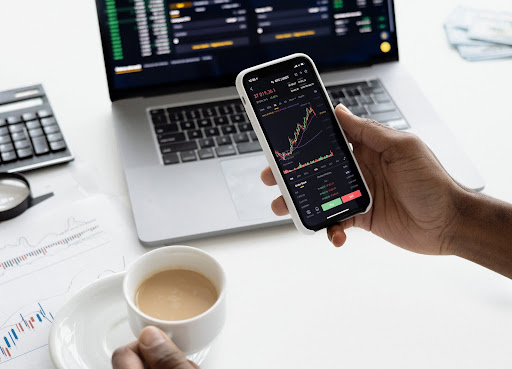Recent years have brought confidence in the Indian industry for all new startups becoming global players of tomorrow. Interestingly, every Indian has seen the explosion of e-commerce from 2006–07 after the success and struggle of Flipkart, Snapdeal, Amazon and much more. Global majors didn’t get their pie so easily because they were a big player but they had to earn competing in the Indian landscape.
How small businesses are transformed by eCommerce marketplaces in India?
The current retail B2C e-commerce industry has networked small-time retailers to sell their products on their platforms and there are many more players finding their way in the industry. Small business retailers used to get their share of business from a small customer base are now with e-commerce marketplaces and they were able to reach very large audiences crossing boundaries. In the process, their business has expanded and so their profits. This proved to small businesses that this e-commerce model works better even though they have to share their profits with these platforms as they have disrupted the way the customers are buying today. It is just not the technology platform but also making the right supply chain network to reach more customers is important. Staringly, those who haven’t adapted to the change have gone out of business or they have been consolidated.
Does the same model work for B2B companies selling products in the market?
If we take the same analogy and apply it for B2B are we sure that this will work? It is a million dollar question. Before concluding anything around this and giving a verdict, let us understand how does this ecosystem currently works.
Even though the Indian tax systems have made it difficult for B2B companies to reach across the states, the manufacturers had set up territory for their dealers to reach their target customers efficiently. Having done that, the supply chain is being predominantly managed by the manufacturers for all larger businesses even though the dealers hold handsome stocks with them as well. So the supply chain is differently knit in the case of B2B as the dealer stocks the fast-moving materials and there are products that are made to order (MTO) which manufacturers will supply with the lead time of 2 to 12 weeks depending on the products.
How do we sell today in B2B?
It is largely the scenario that the customers call either the manufacturers or dealers with their requirements to get a quote. It is then negotiated technically and commercially before finalizing it with a particular brand. This would then be fulfilled by either the manufacturer directly in few scenarios or by their appointed dealers in normal circumstances. Hence it involves multiple rounds of technical and commercial discussions before a decision is made and there is no impulsive buy or push sales like B2C. You can’t just attract a customer by mere price as it involves detailed technical study and then a decision. This process involves an extensive follow-up, relationship, technical knowledge and then the product should be available with the right people at the right time to complete the sale.
Having discussed about the way B2B works, let’s try to answer the million dollar question of B2C model for B2B e-commerce in India. Does it work? Or it requires adequate overhauling before we make a new approach to this problem.
Conclusion
Having spent significant years of B2B experience, we strongly feel that the model for B2B has to be significantly different and it is just not the B2C model that will work. If we adopt the same model then either the e-commerce company has to do a backward integration of bringing branches and onsite sales teams or the established players have to start selling online.
All certain done, it is evident that we have to work on a new B2B e-commerce model suitable for Indian customers and give them the flexibility and comfort.














.jpg)































.jpg)




%20-%20The%20Ultimate%20Guide.jpg)






















